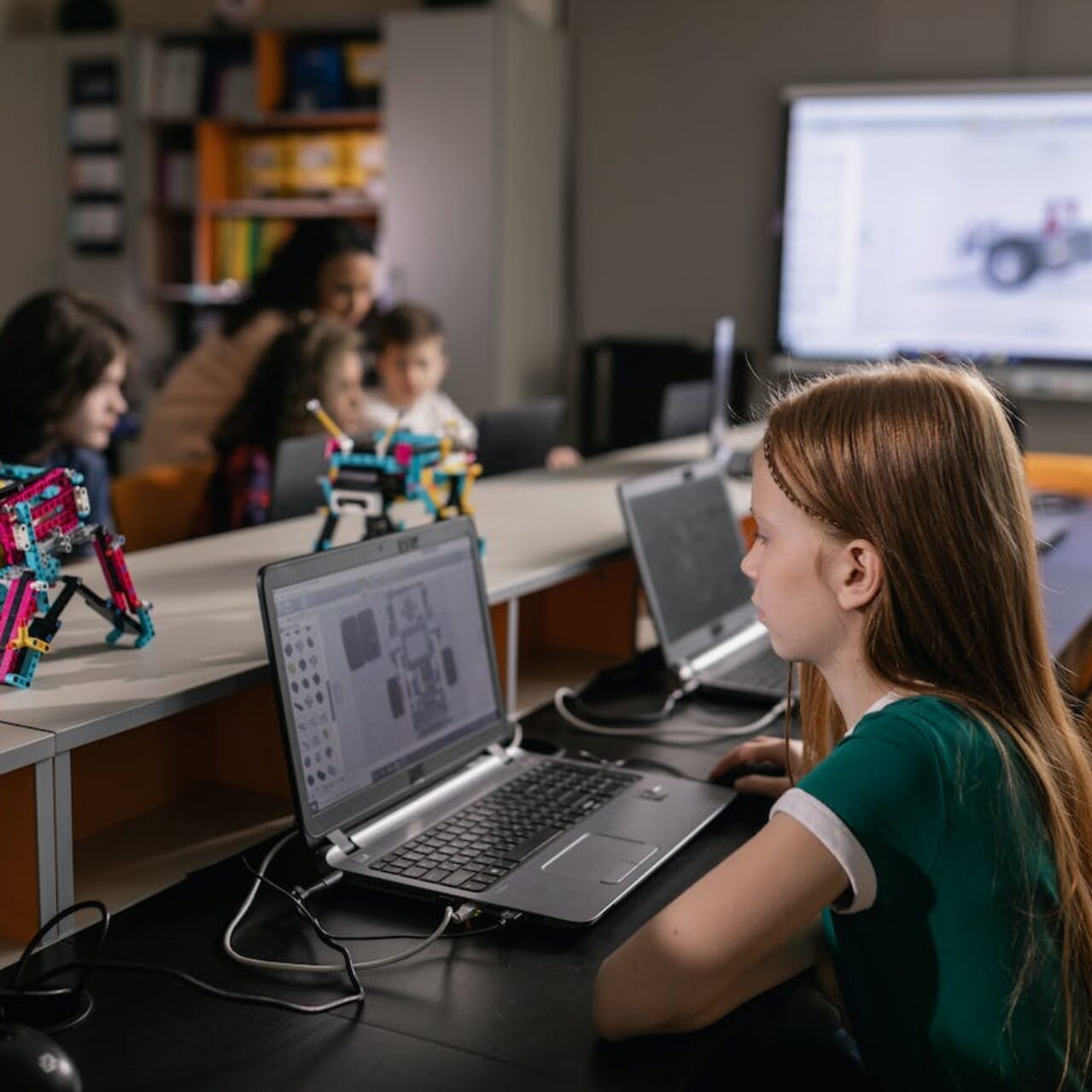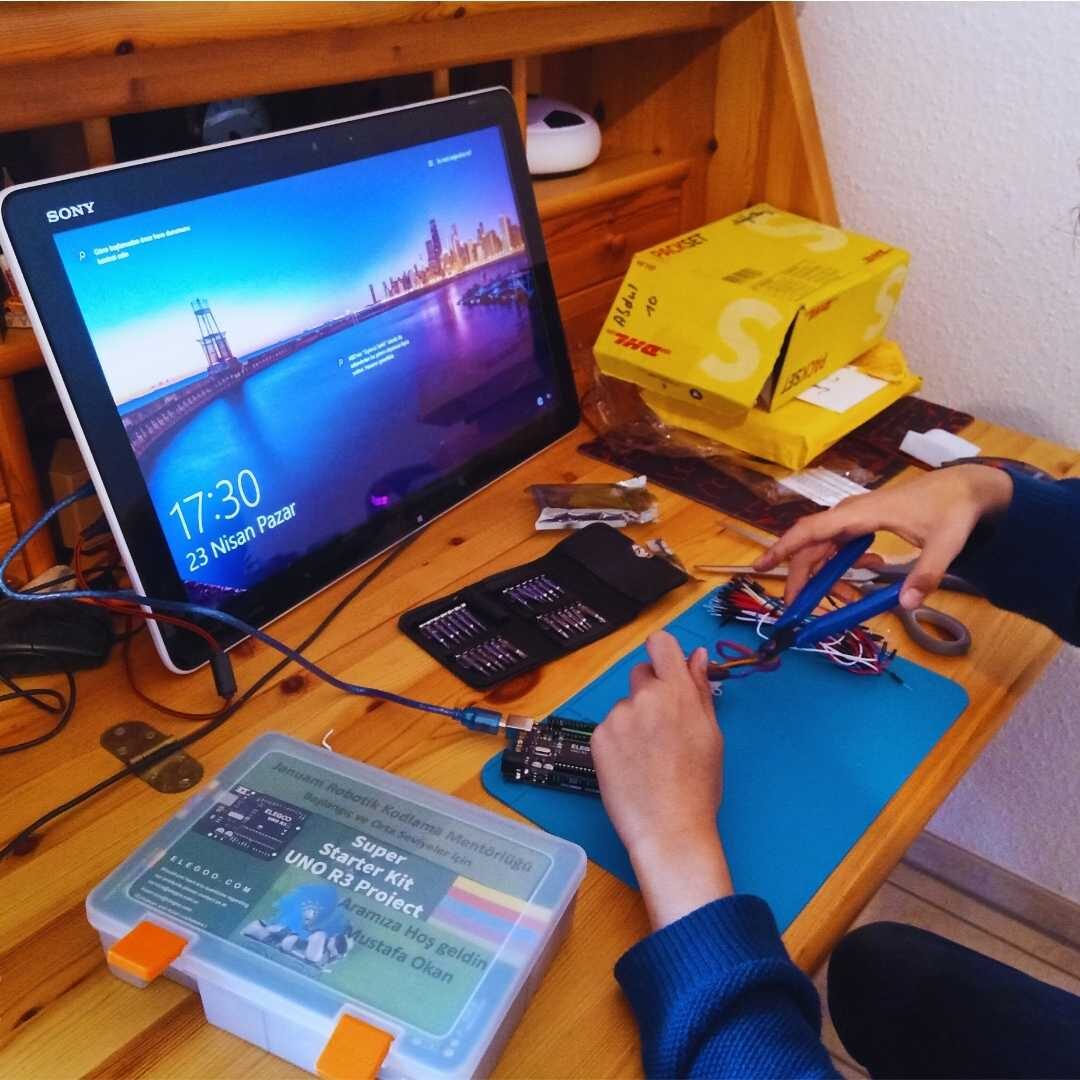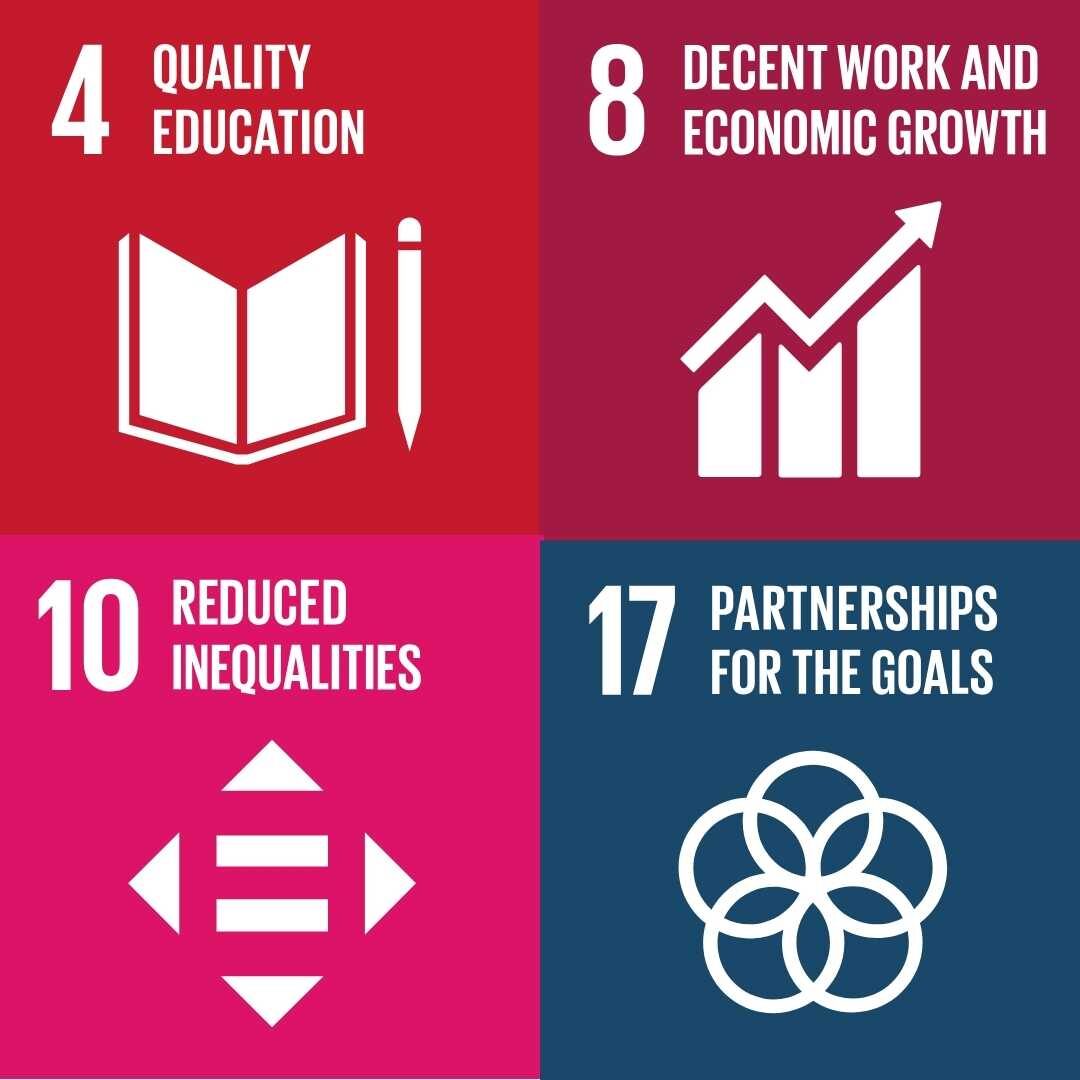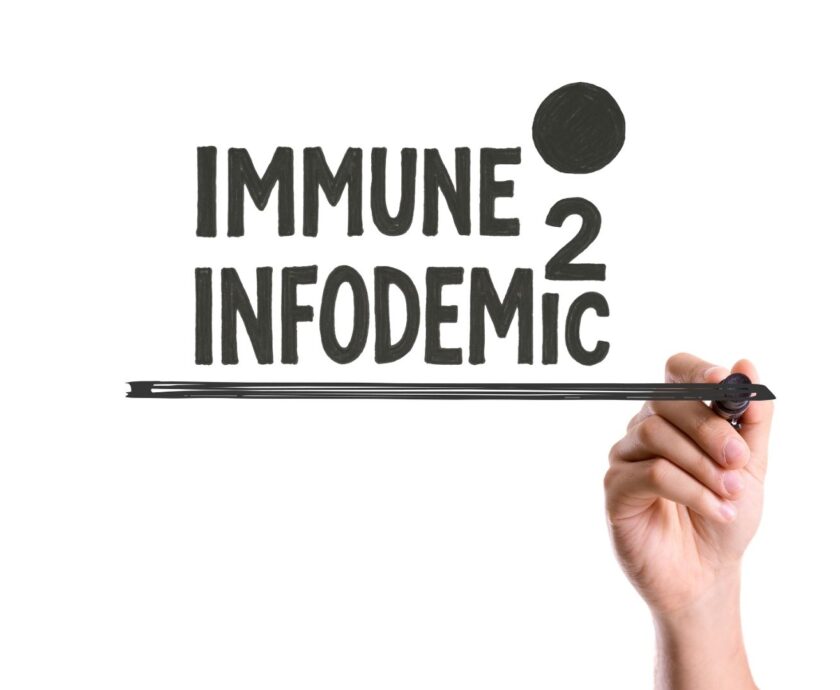Family Communication and Children's Development
SOCIAL PROJECT
PLANNING STAGE
PROJECT BACKGROUND INFORMATION
Title of the project
“Family Communication and Children’s Development”
Type of the project : Research
Entity details or identification of the group/environment targeted by the project – (whether it is a foundation, association, university, company, club, political party online community, etc.)
The target group for this project Families and children, especially elementary school-aged children. Surveys and interviews in this project can be conducted through online platforms or at locations where families feel more comfortable.”
Brief project description
The “Family Communication and Child Development” project aims to raise awareness in strengthening family ties by providing guidance. Focusing on the importance of effective communication skills, parental support and empathy training, the project aims to overcome obstacles such as time constraints and cultural differences to achieve meaningful results. Inspired by reliable sources and direct participatory initiatives, the project aims to promote positive changes in family relationships and contribute to the holistic development of children by raising awareness.
CHARACTERISTICS OF THE PROJECT BENEFICIARY
Beneficiary, recipient of the project activities characterize the target entity/group/groups that will be supported in terms of the characteristics relevant for the project
The project aims to maintain strong communication between families, particularly with children in developmental stages. Establishing healthy communication within the family positively influences the children’s development, ensuring greater adaptability as they transition to future life milestones such as going to university or getting job.
Justify the choice of beneficiary – the entity/target group to be covered by the project
Being in strong communication with their families is crucial for children in developmental stages, especially as advancing technology makes exposure to the external world increasingly common. This project ensures the healthy communication of these children with their families.
Describe the needs, barriers and expectations of the beneficiary – participants of the project (point to sources of knowledge on this subject)
Children who do not live with both parents or live with only one parent may require more effort from their parents for children’s development. Similarly, families with children who have special health conditions may need to additional efforts.
JUSTIFICATION OF THE NEED FOR THE PROJECT
Indicate the problem that the project aims to solve
The aim of the project is to raise awareness and contribute to the development of children negatively affected by communication issues within the family institution.
Provide a description of the beneficiary’s problem situation addressed by the project
The beneficiary’s problem situation addressed by the “Family Communication and Children’s Development” project revolves around weakened family bonds and suboptimal child development due to various factors. Families often face challenges such as time constraints, limited parenting knowledge, and cultural differences, leading to ineffective communication and a lack of empathy. These issues can contribute to strained relationships and hinder the holistic development of children. The project recognizes these obstacles as barriers to healthy family dynamics and aims to address them through targeted interventions. By offering guidance, fostering effective communication skills, providing parenting support, and imparting empathy education, the project seeks to empower families to overcome these challenges and create an environment conducive to the positive growth of children.
Present available data and information to support the problem
1-Communication Breakdown: Research studies consistently show a decline in face-to-face communication within families due to technological advancements and busy schedules (Source: Journal of Family Psychology, 2019). Surveys indicate that a significant percentage of parents feel their communication with children is hindered by factors such as work-related stress and time constraints (Source: National Parenting Association, 2020).
2-Parenting Challenges: National parenting surveys reveal that a substantial number of parents lack confidence in their parenting skills, with many expressing a need for additional support and guidance (Source: Parenting Confidence Survey, 2021). Studies suggest that parents from diverse cultural backgrounds may face unique challenges in understanding and implementing effective parenting strategies, contributing to disparities in child development outcomes (Source: Cultural Influences on Parenting, 2018).
3-Impact on Children’s Development: Longitudinal studies demonstrate a correlation between family communication patterns and the socio-emotional development of children, emphasizing the importance of positive communication for healthy child outcomes (Source Child Development Journal, 2022). Reports from educational institutions highlight instances where children from families with communication barriers exhibit challenges in academic performance and interpersonal relationships (Source: Department of Education, Child Well-being Report, 2023).
4-Cultural Sensitivity:Cross-cultural research indicates that cultural differences can influence parenting styles and communication patterns within families, underscoring the need for culturally sensitive interventions (Source: International Journal of Cross-Cultural Studies, 2019).
Describe the impact that project implementation may have on the ultimate beneficiary of the project
The implementation of the “Family Communication and Children’s Development” project is expected to have a profound and positive impact on the ultimate beneficiaries—families and children
-Strengthened Family Bonds: Improved communication skills and increased empathy within families are likely to foster stronger bonds among family members. Enhanced understanding and effective communication may lead to reduced conflicts and increased harmony within the family unit.
-Holistic Child Development: Children are expected to benefit from a supportive and nurturing family environment conducive to their holistic development. Positive parenting practices, informed by the project’s guidance, may contribute to improved cognitive, emotional, and social development in children.
-Improved Academic Performance: By addressing communication barriers and providing parenting support, the project may positively impact children’s academic performance. Clear communication between parents and children can create a conducive learning atmosphere at home, supporting educational success.
-Enhanced Parenting Skills: The project’s parenting support initiatives aim to empower parents with the knowledge and skills necessary for effective parenting. Increased parenting confidence and competence can contribute to a positive parenting experience and the creation of a nurturing home environment.
-Cultural Sensitivity and Inclusivity: The project’s focus on cultural sensitivity is expected to promote inclusivity and understanding among families from diverse cultural backgrounds. Families may experience reduced cultural misunderstandings, leading to improved relationships and a more harmonious family atmosphere.
-Long-Term Community Impact: Strengthened families contribute to the overall well-being of the community, fostering a positive social environment. As families become better equipped with communication and parenting skills, the project may have a cascading effect, positively influencing the wider community.
-Increased Resilience to Challenges: Families equipped with effective communication skills and empathetic understanding may be more resilient in the face of challenges. The project aims to provide families with tools to navigate difficulties, fostering adaptability and resilience. Overall, the anticipated impact of the project is a transformative one, seeking to create lasting positive changes in family dynamics and contribute to the well-rounded development of children, thereby benefiting both the immediate and extended community.
OBJECTIVES OF THE PROJECT
Main goal of the project
The main goal of the “Family Communication and Child Development” project is to strengthen family bonds and support the holistic development of children. The project aims to create awareness by emphasizing effective communication skills, providing fundamental parenting support, and highlighting the importance of empathy. It also seeks to overcome obstacles such as time constraints and cultural differences.
The comprehensive aim of the project is to encourage positive changes in family relationships, equip parents with nurturing and supportive parenting awareness, and thereby contribute to the multifaceted growth of children. The project aims to have a lasting impact on family dynamics and the overall societal structure through specialized interventions tailored to different family needs.
RELATING THE PROJECT WITH THE FIELD OF STUDY
Field of study : Psychology
Provide a project description in the context of your field of study
In terms of psychology, the “Family Communication and Children’s Development” project is intended to be a holistic intervention that adheres to psychological principles for optimal family functioning and child development. Based on a knowledge of interpersonal dynamics, the project stresses the development of effective communication skills, the provision of necessary parenting support, and the incorporation of empathy education. These elements are carefully included into the project to alleviate psychological hurdles caused by time restrictions and cultural variations among families. Drawing on evidence-based techniques and psychological theories, the initiative aims to build family relationships while also improving the psychological well-being of both parents and children. By fostering positive changes in family relationships, the initiative aligns with psychological frameworks to contribute meaningfully to the holistic psychological development of children, creating a resilient foundation for their emotional and social growth.
INDICATE AND DESCRIBE WHAT RESULTS YOU INTEND TO ACHIEVE TO MEET THE INTENDED PURPOSE OF THE PROJECT
Result 1
One possible outcome is that certain personality traits, especially traits like being responsible or having empathy, have a positive impact on family communication. This means that parents with these traits may tend to perform better in family communication compared to those who do not possess these traits.
Result 2
A negative relationship exists between certain personality traits and family communication. For instance, individuals with high levels of irresponsibility or low levels of empathy may experience difficulties in family communication, which can negatively impact the development of children.
Result 3
It is also possible that there is no significant relationship between personality traits and family communication. This means that personality traits may not have a substantial impact on how well a parent communicates within the family. Other factors such as motivation or external conditions may play a different role in determining the quality of family communication.
INDICATE AND DESCRIBE WHAT ACTIONS YOU INTEND TO TAKE TO ACHIEVE YOUR RESULTS
Result 1 – Activity 1
Conduct a literature review: Search and review existing studies and literature on the relationship between personality traits and family communication quality. This will help gain a deeper understanding of the topic and identify gaps in existing knowledge.
Action 1
1.1 Search Google Scholar for a psychometrically sound questionnaire that covers the parameters being studied.
1.2 Get access to the questionnaire; ensuring proper permissions and licensing for the selected questionnaire.
1.3 Transfer questions to a survey administration software (Google/Microsoft Forms)
Action 2
2.1 Post ads on social networking platforms calling for participants from the target population
2.2 Obtain confirmation of participation
Action 3
3.1 Send links of the questionnaire to previously confirmed participants
Result 2-Activity 1
Develop a survey questionnaire to collect data on personality traits and quality of family communication from a sample of families. This will allow collecting primary data and analyzing the relationship between different personality traits and the quality of communication within the family.
Action 1
1.1 Organise returned questionnaires and ensure accuracy and completeness.
Action 2
2.1 Format data for effective analysis
2.2 Use statistical software to perform descriptive and inferential statistical analysis.
2.3 Interpret findings.
Result 3- Activity 1
Use statistical analysis techniques to analyze data collected from the survey. This will help determine whether there is a significant relationship between certain personality traits and the quality of family communication.
Action 1
1.1 To determine whether there is a significant relationship between child development and the strength of intrafamily communication, conduct statistical analysis on the data collected from the survey.
1.2 The statistical analysis examines the results to determine whether there is a significant relationship between child development and the strength of intrafamily communication.
Action 2
2.1Present the findings of the statistical analysis, including meaningful correlations between child development and the strength of intrafamily communication, to stakeholders.
2.2 Discuss the implications of the findings with stakeholders and explore potential next steps or actions based on the results.”
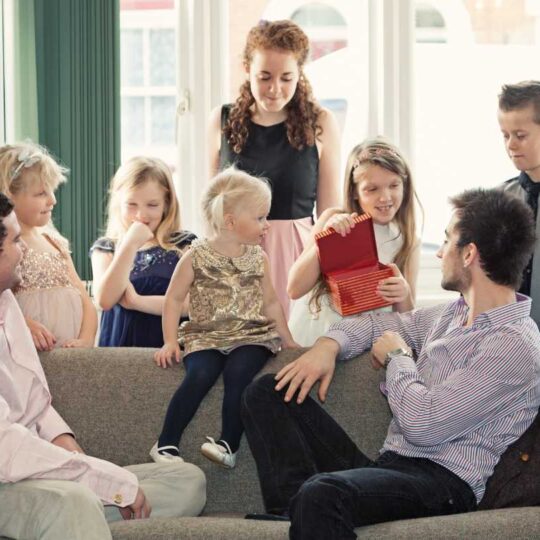
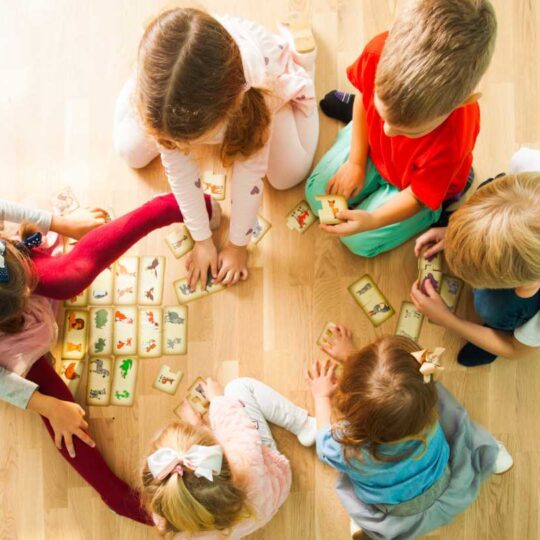
Result
The “Family Communication and Children’s Development” project yielded several significant outcomes, contributing to the enhancement of family dynamics and the holistic development of children. Through a combination of surveys, interviews, and direct participatory initiatives, the project successfully raised awareness about the pivotal role of effective communication, parental support, and empathy training in fostering strong family bonds.
One notable result of the project was the increased awareness among families regarding the importance of maintaining open and healthy lines of communication. Participants reported a greater understanding of how effective communication positively impacts children’s development, fostering resilience and adaptability crucial for navigating life’s challenges.
Moreover, the project facilitated the implementation of practical strategies within families to overcome barriers such as time constraints and cultural differences. By providing guidance and resources tailored to the diverse needs of families, the project empowered parents to cultivate nurturing environments conducive to their children’s growth and well-being.
Additionally, the project addressed specific challenges faced by vulnerable groups, including children from single-parent households or those with special health conditions. By offering targeted support and resources, the project helped alleviate some of the unique pressures faced by these families, fostering inclusivity and support within the community.
Overall, the “Family Communication and Children’s Development” project succeeded in fostering positive changes in family relationships and contributing to the holistic development of children. By promoting effective communication and parental support, the project laid the foundation for stronger, more resilient families, ultimately enhancing the well-being and future prospects of the next generation
*Author: Tarık Kaldirim



